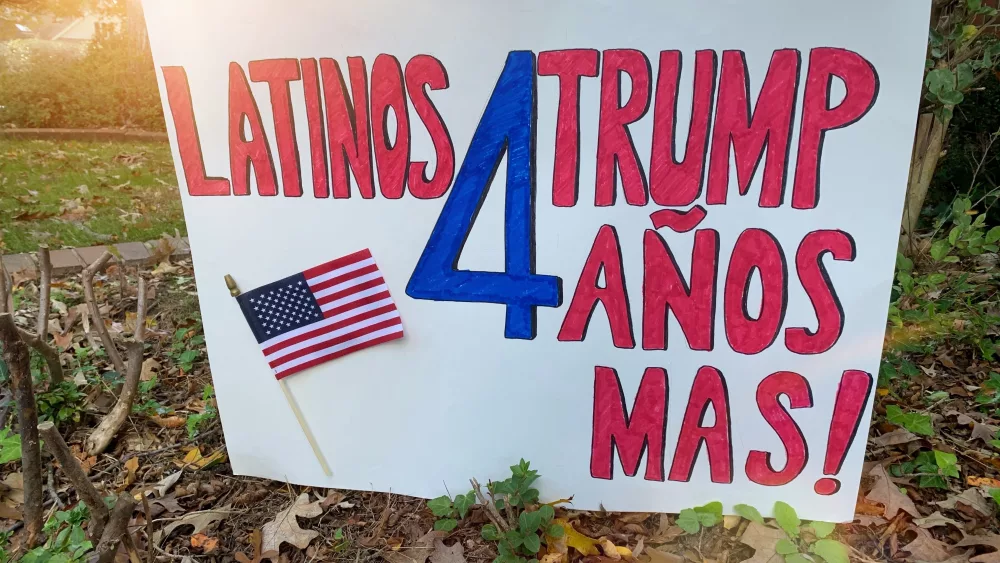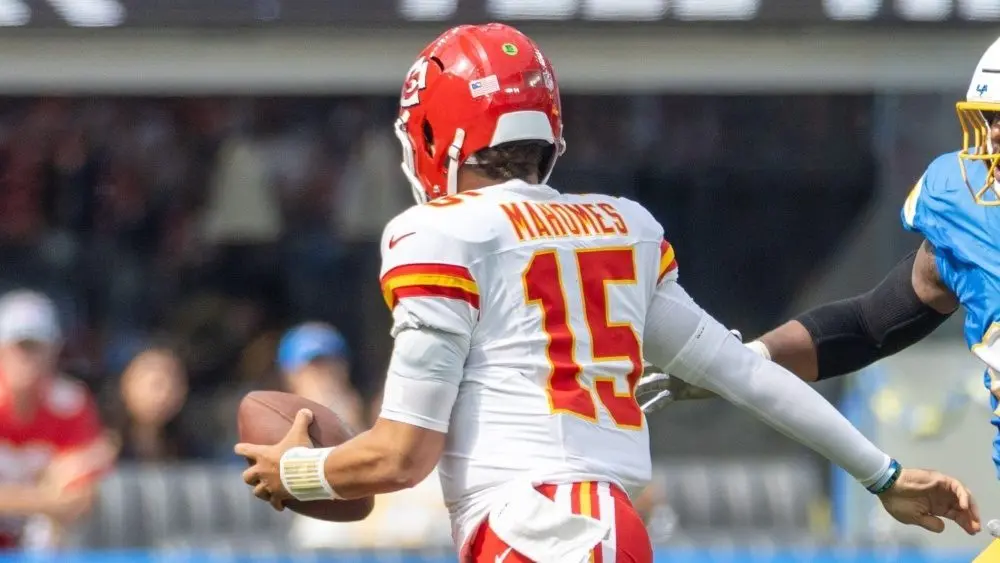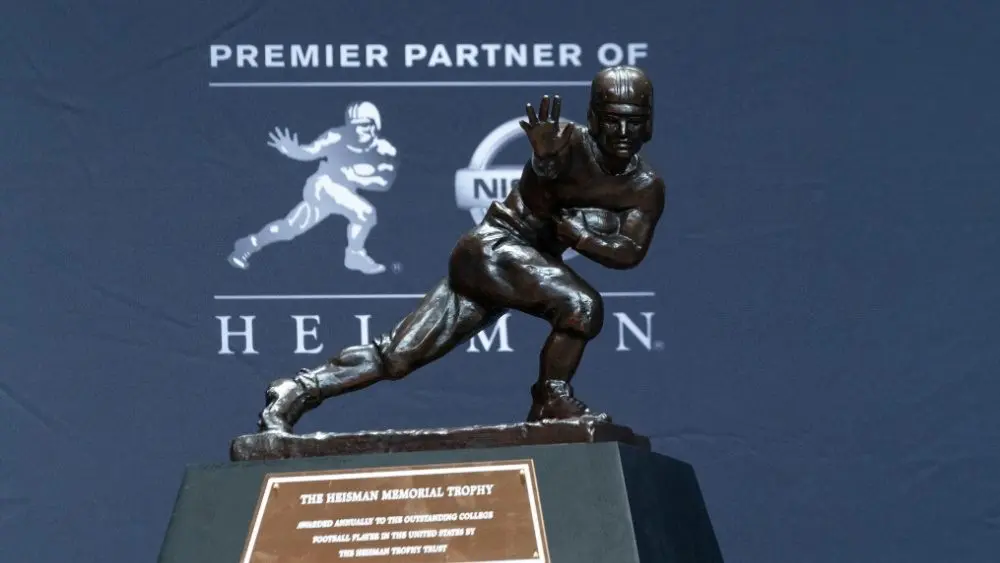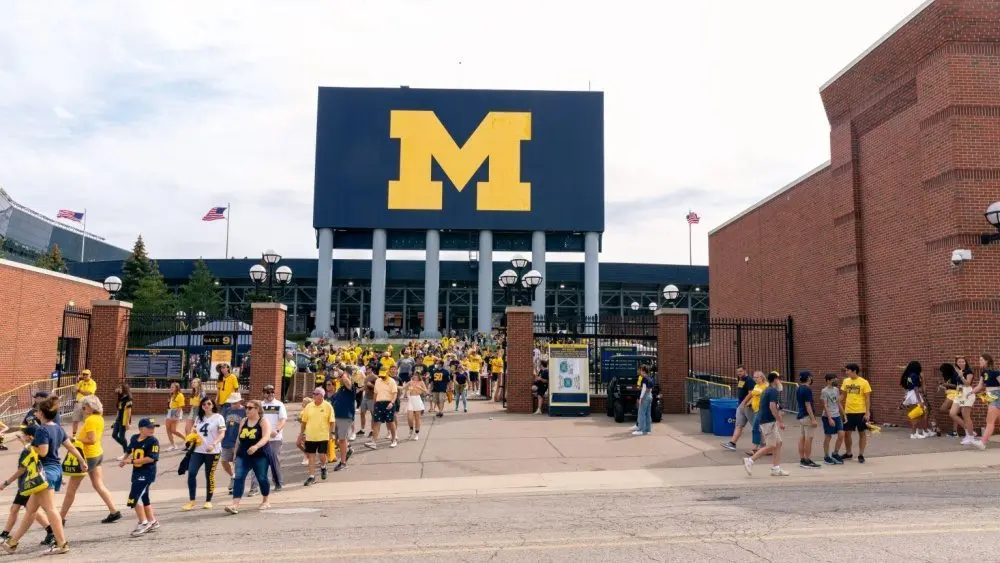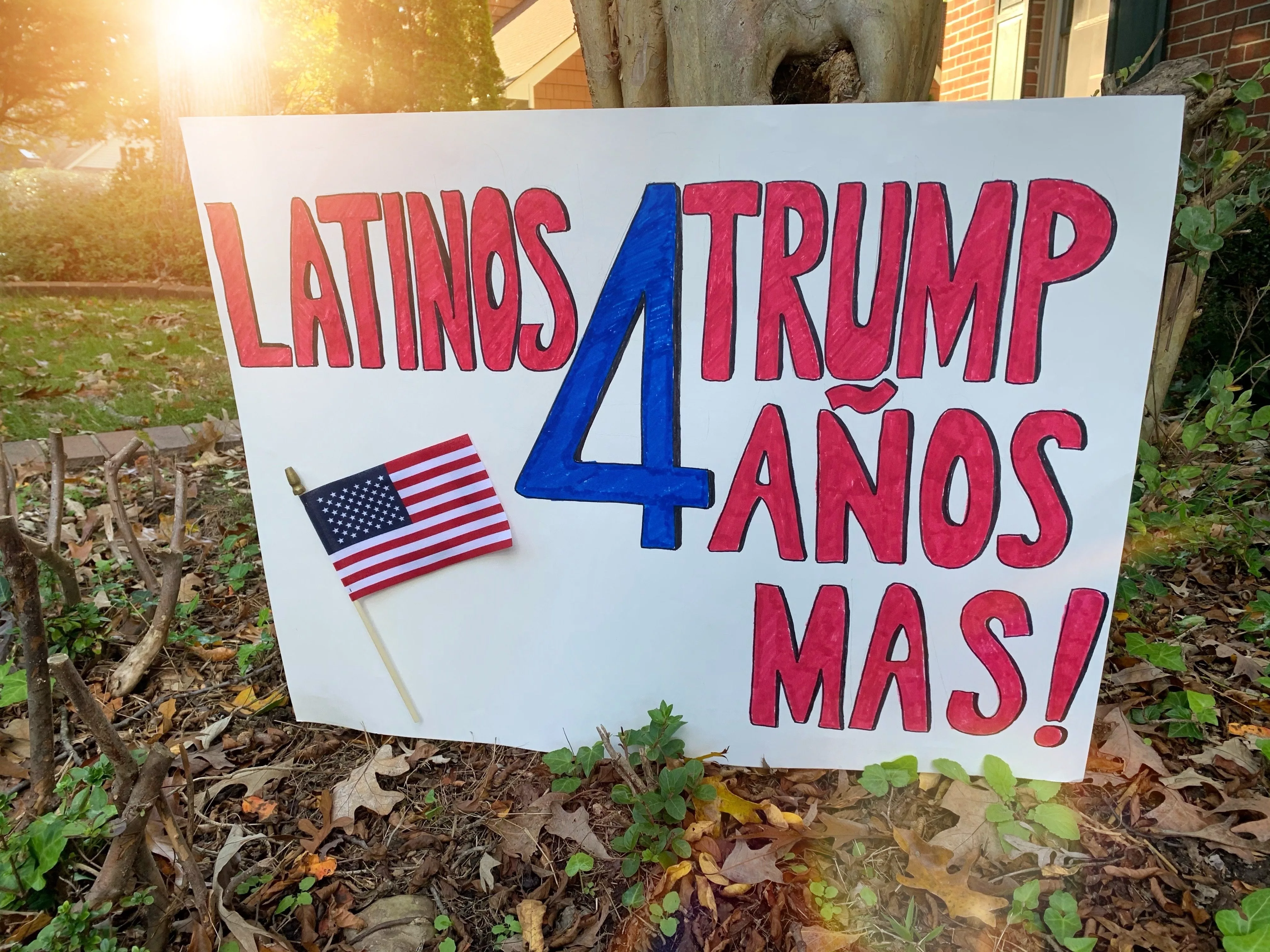
In a recent interview with Ari Hoffman on Talk Radio 570 KVI, Republican National Committee Chair Michael Whatley laid out the GOP’s strategy for the 2026 midterms, discussed shifting electoral maps, and reflected on how Donald Trump has reshaped the Republican Party—perhaps permanently.
Building Toward 2026: Infrastructure, Messaging, and Mobilization
With the dust settling from the 2024 presidential election, Whatley emphasized that the RNC’s current priority is twofold: supporting Donald Trump’s administration and preparing for the critical 2026 midterms. “We are amplifying the president’s message,” said Whatley, pointing to the White House’s focus on the economy, border security, and public safety.
But beyond message amplification, Whatley stressed the need for robust infrastructure—both digital and grassroots—so the party can pivot quickly when electoral dynamics change. “We’re building out the infrastructure on communications, fundraising, digital, and data so that next year we’re in a great position to expand the House majority and hold the Senate.”
Where the GOP Sees Opportunities—Even in Blue States
Looking ahead to 2026, Whatley said the map is beginning to take shape. States like Georgia and North Carolina are set to be hotly contested battlegrounds, particularly in the Senate. “North Carolina and Georgia are going to be the two biggest, most expensive Senate races,” he noted, adding that Republicans are eyeing potential pickups in Michigan and Maine as well.
As for Washington State, traditionally a Democratic stronghold, Whatley was cautious but optimistic. He pointed to at least one congressional district seen as potentially flippable. “We weren’t able to pick it off last cycle, but hopefully we’ll be able to pick it up this time,” he said. Success, he added, will depend on fielding strong candidates, understanding local voter concerns, and securing ballot integrity.
In total, Whatley noted that 13 districts nationwide where Trump won but Democrats hold the seat—and three where the reverse is true—will be critical flashpoints in the 2026 House contests.
Trump’s Lasting Impact: The GOP After 2028
Whatley didn’t shy away from acknowledging the unique challenge that lies ahead for the party: transitioning from a Trump-centric movement to a broader Republican coalition. “My biggest challenge going into ’26 and ’28 is to figure out how do we turn Trump voters into Republican voters,” he said.
That challenge was stark in 2024, where Trump narrowly won states like Michigan, Wisconsin, and Arizona, but Republican Senate candidates in those states fell short. According to Whatley, this disconnect underscores the importance of embracing Trump’s approach to campaigning: direct outreach to urban communities, media savvy, and clear stances on issues that resonate with working-class voters.
“Trump has completely remade the Republican Party,” Whatley said. “We are now the party of the working class. We are the common-sense party.”
To that end, future Republican candidates must adopt a similar posture, focusing on voter concerns rather than traditional party orthodoxy. “He was the only candidate who went into downtown Milwaukee, Detroit, Philly, the Bronx. That’s what we need more of,” he added.
Harnessing Grassroots Energy and Ballot Strategies
The conversation also turned to the GOP’s use of grassroots strategies and ballot harvesting, particularly in blue states. Whatley praised the increased coordination between the RNC and independent conservative groups following a new Federal Elections Commission ruling that allowed collaboration for the first time.
“It’s very good that we have other groups out there,” he said, highlighting names like Scott Presler and Charlie Kirk. “Now we can coordinate… It’s our data operations that tell everybody where to go, who to talk to, and what conversations to have.”
This more united conservative ecosystem, according to Whatley, is essential for scaling voter contact efforts in key districts and ensuring the Republican message is reaching the right people.
Looking Ahead: A Party in Transition
As the GOP sets its sights on 2026 and 2028, Whatley made clear that the post-Trump party will need to maintain Trump’s coalition—which includes not only Republicans, but also disaffected Democrats, independents, and first-time voters drawn to the former president’s populist message.
Any potential successor to Trump, Whatley stressed, must speak to those voters with the same authenticity and policy clarity. “Anybody who wants to take on that MAGA mantle is going to have to understand the needs of those voters,” he concluded.
With the party at a crossroads, Whatley’s vision is clear: preserve the energy and voter base Trump built, apply it in competitive districts nationwide—including in places like Washington—and ensure the GOP remains a dominant force in American politics beyond 2028.
Listen to The Ari Hoffman Show, weekdays 3-6 PM Pacific on Talk Radio 570 KVI, 101.5 FM HD-3, KVI.com & the KVI app. Subscribe to the show on your preferred podcast platform.



